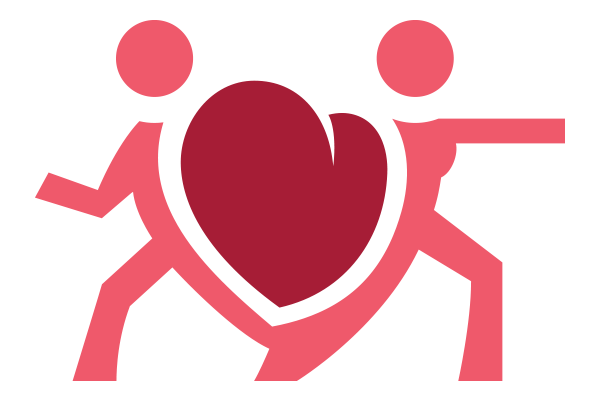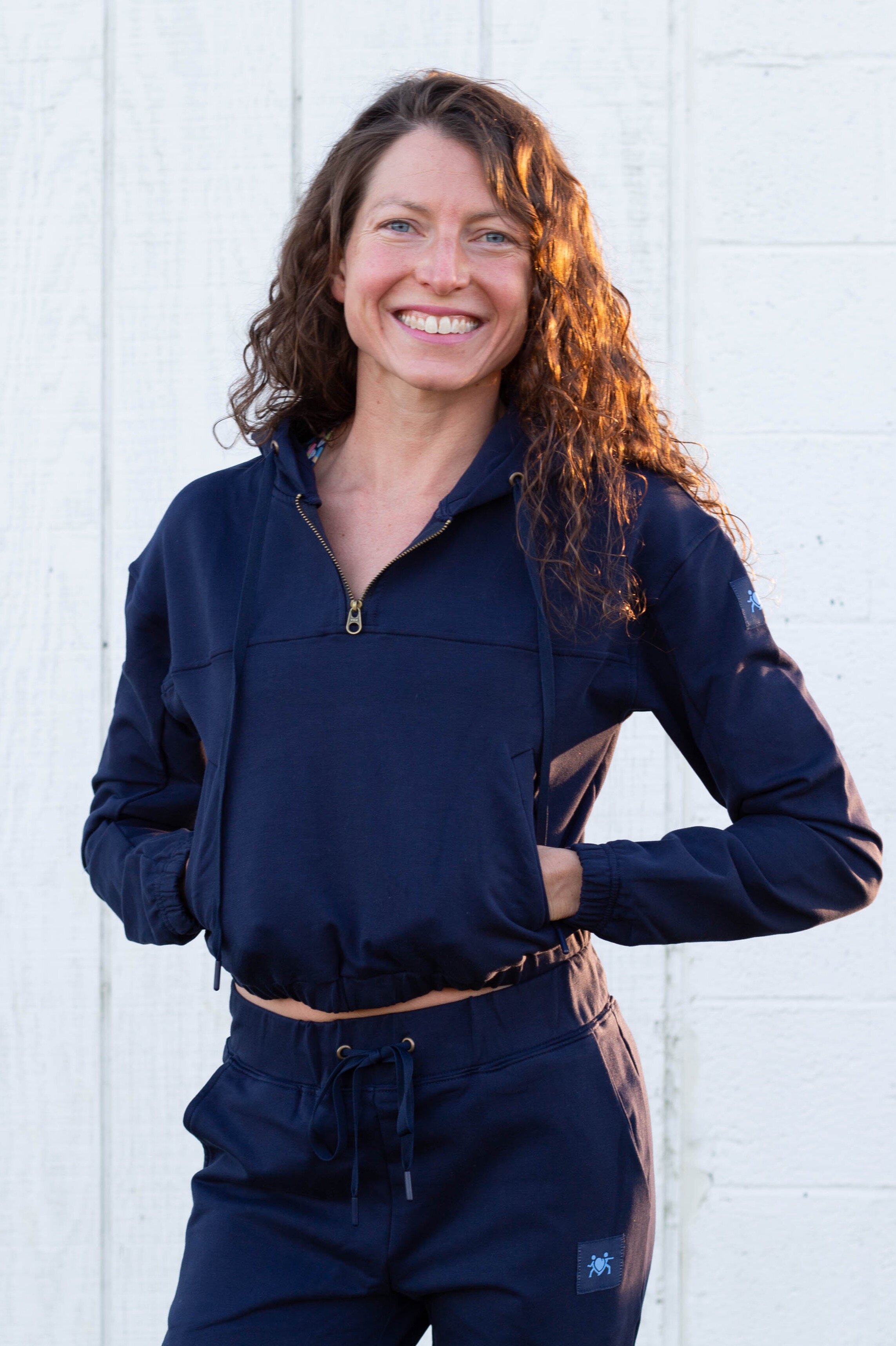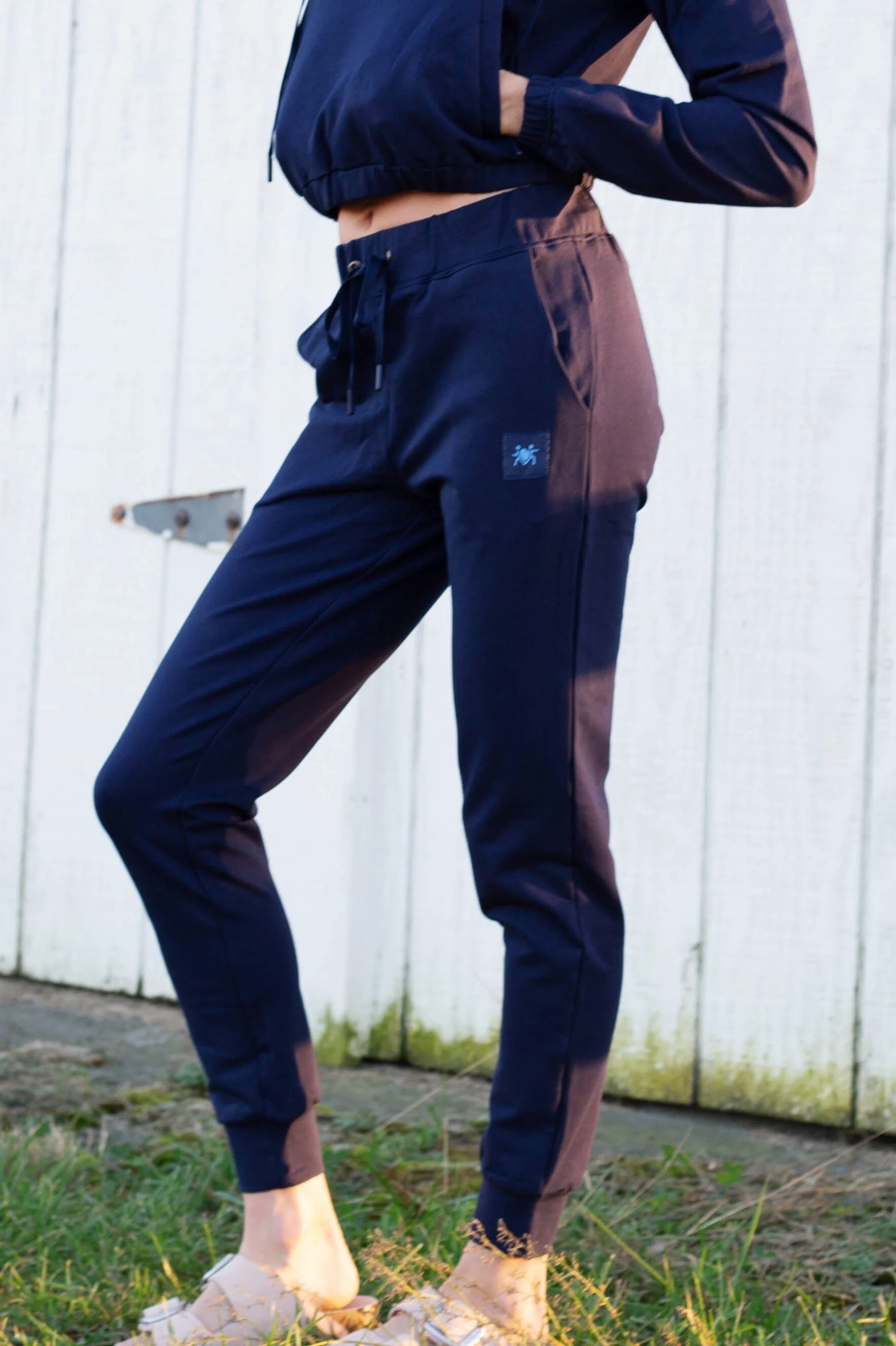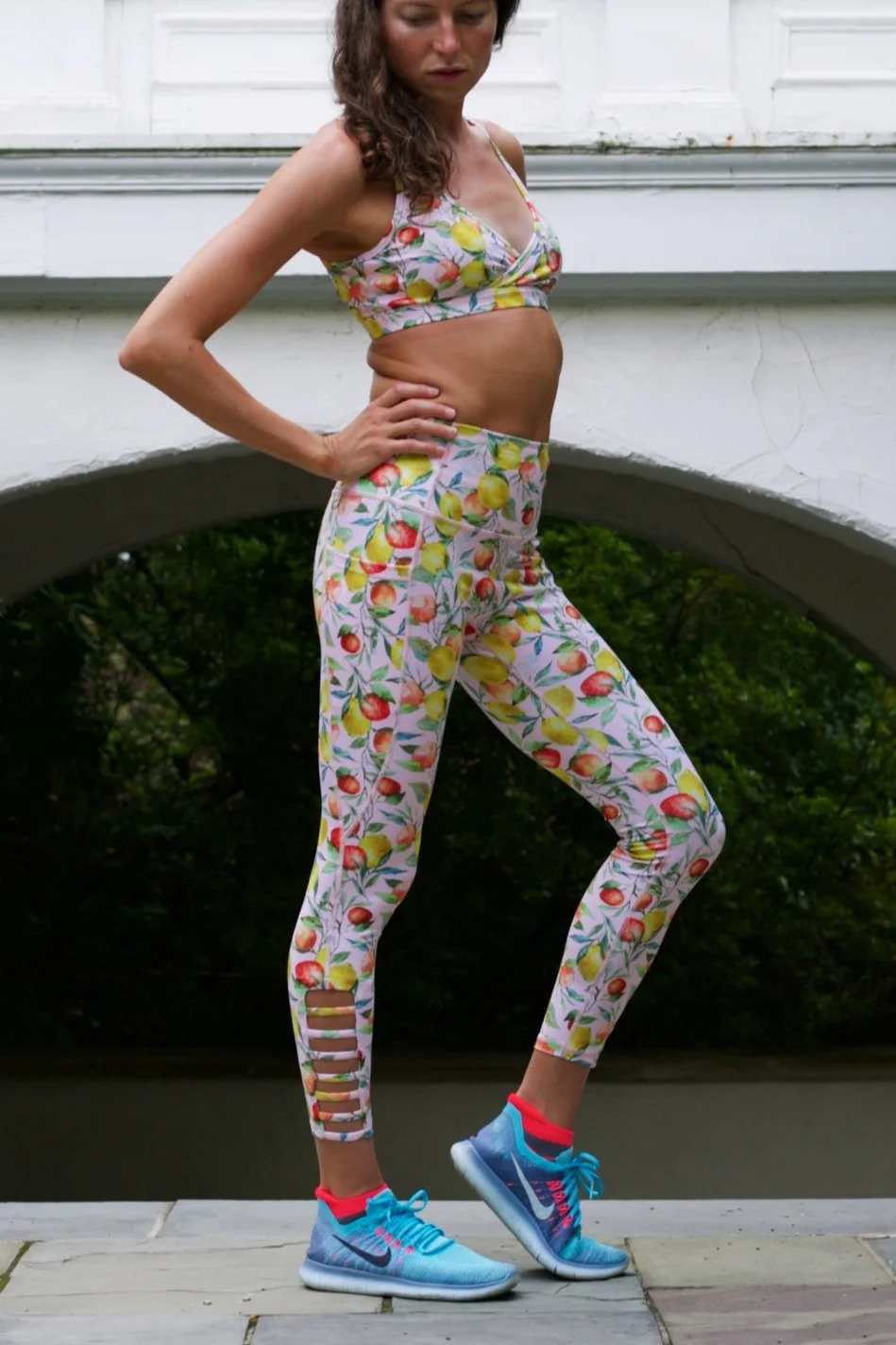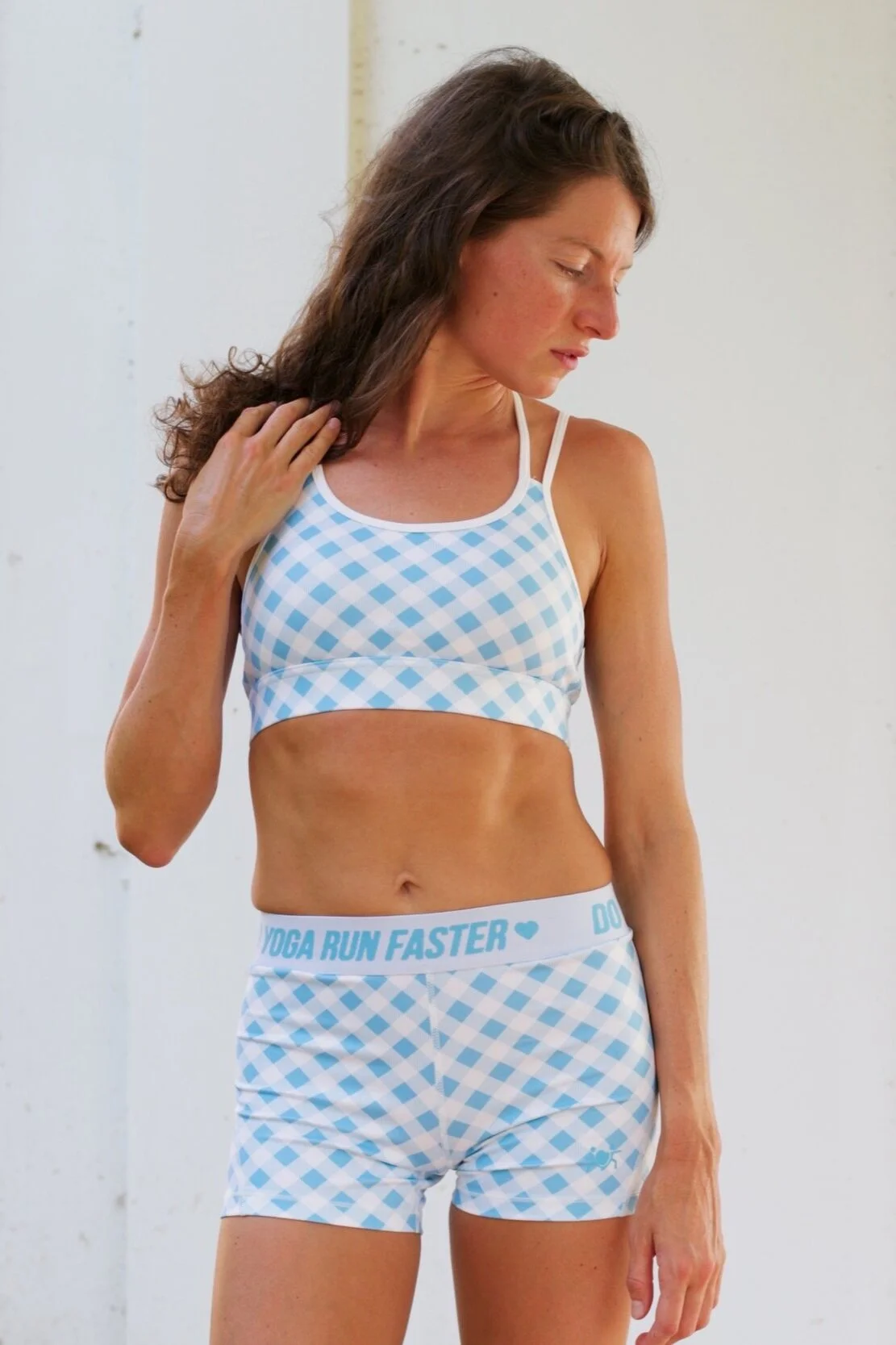How We Ran 2 Marathons 12 Weeks Apart
The marathon is a long way to go—let’s not forget that the reason this whole distance originated was because a messenger in 490 B.C. ran about that long from Marathon to Athens to deliver news about a victory in battle before promptly passing out and dying.
In case you are attempting two marathons in fairly close proximity to one another, here is a lot of solid advice to aid you in planning out your training. “But, Ann, why should I listen to this advice?” Answer: included here are not just my own reflections, but words of wisdom from 6 other fellow women who, as I did, qualified for Trials at the California International Marathon on December 8, 2019, and then turned around and ran the Olympic Trials Marathon just twelve weeks later on February 29, 2020. For a few of us, these two fairly back-to-back marathons followed months or years of successive attempts at other marathons to get that OTQ, so we know a thing or two about trying to pack as many marathons into the calendar year or as tight of a time frame as possible.
Whether you are going for your own qualifying time, or whether you just happen to have two 26.2s lined up on your racing calendar, here is what helped each of us get from that finish line in Sacramento to the finish line in Atlanta in one piece, and as speedily as possible. First up are my 6 tips that helped me most, and second, 6 more from my CIM-OT run sisters. So, don’t just take my word for it, but instead listen to these smart and speedy women! When it comes to the marathon, we’re all in this together.
Thankful to be passing mile 26 in Atlanta! Photo: Vasily Samoylov Photography
Marathons… not like any other standard road race distance!
Most people aren’t just casually racing marathons like you might a 5k, and one of those reasons is that 26.2 miles takes a much greater toll on the body—especially when compared to the next longest common road distance of 13.1. As I commonly tell my students in my Running For Fitness class here at the University of Virginia, the marathon versus the half marathon is a “whole different ball game”—in terms of pacing, strategy, nutrition intake during the event, and in recovery afterwards. I also usually tell my students to give themselves at least a year and a half to two years of racing and focusing on halfs, before jumping up to the full. For what it’s worth, I ran my first 10 miler in graduate school; in college, I really stayed in that 5k to 10k distance even as my ability at that point was apparently greater the longer I went—I loved the terrain of cross country, but that longer 10k distance available in track really helped me out! (Funny aside: I actually even benefited during my college cross country seasons, from that extra 1k that we raced during the championship races at Big East and the NCAA meets—those races were always 6k, instead of the 5k distances more commonly found in races held earlier in the fall. I was always, always thankful for that extra kilometer!!) Anyways, I have always tended to get better the longer I go, but even still, I have raced significantly more halfs than fulls. To date, now just shy of a dozen years removed from my collegiate eligibility (what!?!), I’ve raced 56 half marathons versus 11 fulls. In 2017, I believe I hit a stretch of 5 weeks with 4 halfs which to me felt quite doable, especially as I prioritized certain halfs over others within that tight timeline. In other words, you can recover fairly quickly from a half marathon, while there is a reason you see top pro runners dropping out in the last 6-8 miles of a marathon if they’re falling off pace or out of contention, as we saw in Atlanta. Running 26.2 miles is no joke, no matter how fast you are, and if you can save some real pep in your legs to more vigorously attack a later goal (like making the Olympic team in the 10k), those pro runners are being extremely smart athletes by stopping before the finish, however hard in and of itself that might be.
Until chasing down my OTQ, I usually didn’t do more than one marathon per year. In 2015, I missed my sub-3:00 in an excruciating I-am-crying-from-actual-quad-pain 3:03 at the mountainous Steamtown Marathon, and then turned around and ran 2:57 feeling super smooth and effortless at hilly CIM. These two marathons were only 8 weeks apart, so I have in fact raced marathons fairly back to back at least once before. That said, I barely checked my training log to see what I did between those two previous 2015 races when planning for this CIM—Olympic Trials double; first and more importantly, because I’m a totally different runner than I was four years ago, and second, because 8 weeks feels like a short enough gap that you can think of the first marathon as a training run for the second, whereas 12 weeks is long enough (for me anyhow) that you should probably think of it as an entirely different albeit short cycle. The first of these considerations—your own evolution as a marathoner—is something you should always keep in mind when attempting your own quick marathon turnaround: even if you’ve done marathons “back to back” in the past, chances are that your prep for your second ever marathon was different in many ways than the prep for your ninth, etc. So, in mapping out your training for this marathon coming quickly on the tail end of another, you should consider your buildup to your most recent marathons or most recent overall training, rather than the last time you ran a couple ‘thons close together.
My 6 Tips for Running Marathons Back-to-Back
When I qualified for the OIympic Trials Marathon by running my 2:44:45 at CIM, I knew it would be a tight turnaround: I had 12 weeks to recovery, ramp up, and get ready to roll again. This advice would have equally benefited me back in 2015 when I was chasing a sub-3:00 as it did in 2020 when I was chasing sub-2:45.
Make sure you are 100% recovered from marathon no. 1 by taking real time off from running.
By all means, cross-train to your heart’s content as soon as your body feels ready, but do not run for a while—for me, that meant a solid two weeks of zero running. After CIM 2018, I had a lingering Achilles problem that was driving me moderately out of my mind. I am convinced that I got this issue because I ran too soon—immediately after that CIM back in 2018, I had no pain or anything unusual that I noticed, but then I went for a short 3 mile run just 7 days after the race and suddenly things were not doing so well whatsoever. Every body really is different here, so take this point as well as all of my others here with a grain of salt—what worked for me may or may not work for you—but it is imperative that you come out of marathon no. 1 without any problems that will cause issues for you later in your very short buildup. I have found very often that my mind is ready to run before my body is, and that is one way where cross-training fills a nice void left by the endorphins of marathon training to which you were accustomed…
Cross train, cross train, cross train!
What was particularly helpful for me after CIM is that I already had an established base of swimming and yoga from the fall. While I was definitely not ready to run yet, after about a week, I was actually able to do some significant yardage in the pool, and after about 10 days, I could return to my good old hardcore swim workouts. Some might argue that this was too much, too soon, but I felt ready and recovered and truly really really enjoy my pool time—just like I wouldn’t recommend someone suddenly start running 60 miles/week, I also think it is actually quite hard to go the other way, from a lot of activity to nothing. (I just begin to feel quite depressed and mentally not right when I have ever tried to do this—endorphins really are real is all I can say, and my brain needs to be happy with my training as well as my legs.) This is also why it is so important to supplement your running with activities you really love all the way along in your training, as then you have something to easily turn to when you are recovering from a marathon or an injury, and this more varied exercise will also help you stay more injury-free in the first place.
Listen to your body to know when to return to any given volume and intensity.
I was very cautious especially in the first week after CIM: I really did only very easy pool workouts to keep my body moving and work out any tightness I had from the race. The goal there is to simply get loose and move the limbs around a bit. I often find that in post-marathon workouts for those first two weeks or so back, I will sometimes start feeling good but then very suddenly reach a point where I get quite tired. This is the point at which I stop, because I know what I am experiencing is my body recovering from my latest marathon and not something to push through to get stronger—that will come with time!
You may have to disregard the traditional rules of mileage build-up, as well as how many days you take off from running each week.
For this buildup to Olympic Trials, I had a week in there at 50 miles (Week 8) where I ran just 4 times that week. This was partially because I went to a swim meet on Saturday which went a lot longer than expected and it would have been counterproductive to do a mini-4 miler that day when I had my biggest long run scheduled the next day. Overall, my weekly mileage went up a lot faster than it normally does, but I felt comfortable with doing this having run similar mileage in the weeks just before CIM.
Here, in fact, is how I mapped out my running volume and long runs:
Week 1: 0
Week 2: 4.08 (did one 4 mi. run on Dec. 21 before two more days of zero running, then started back more fully)
Week 3: 24.02 (longest run: 6, ran 6 days)
Week 4: 20.47 (longest run: 7, ran 4 days, note: had stomach flu one day so took this week even easier!)
Week 5: 33.87 (long run: 14.50, ran 5 days)
Week 6: 43.12 (long run: 16.06, ran 5 days)
Week 7: 50.17 (long run: 18.07, ran 5 days)
Week 8: 50.94 (long run 25.01, ran 4 days)
Week 9: 41.87 (long run: 11.03, ran 5 days)
Week 10: 45.38 (long run: 16.38, ran 5 days)
Week 11: 29.80 (longest run: 8.10 on Tuesday, just 6.15 for that Saturday, ran 4 days)
Week 12: race week!
Look at a few key training components that you are SURE benefited your last cycle, and repeat those to the best of your ability.
One thing I knew I wanted to do was to do my 3 hour “time on feet” long run 4 weeks out from race day. This seemed like it worked last time! The only thing I wish I had done differently this cycle is get more sleep the week after that 25 miler—somehow that happened to be a crazy week of work and I felt like I suddenly felt everything all at once. In late December, as a teacher, I get a partial break from those jobs—that was really helpful in recovering from CIM. In late January though, around the time of that 25 miler, I got slammed with work—so, while you aim to repeat those things you know work for you, remember you are also dealing with a possibly different set of circumstances outside of your running life alongside that. You can try to repeat what works, but remember you are fitting it in during a different time of the year.
Remember that you still need to taper!
This was almost hard to remember to do: I was so so excited for Olympic Trials and the whole cycle felt so short! I was in the throes of intense, awesome training! I love that! I also don’t generally enjoy the whole process of tapering, which makes me just kind of antsy. I tried to remember that the last thing you want to do is to race a marathon feeling tired or unrested, and to remind myself that I had put in a ton of super qualify volume in this condensed cycle. Now, it was time to take that money out of the bank so to speak.
Now that you’re heard from me though, I am even happier to introduce 6 of my fellow CIM-OT runners and their amazingly different yet valuable words! Without further ado, here these wonderful ladies are!
Anna tackling the streets of Atlanta. Photo courtesy of Anna Kacius.
(CIM 2:44:51, Trials 2:46:46)
Days off after CIM: 7
Longest LR before Atlanta: 22 miles
Anna is the one we saw cross the finish line at 2:44:51 at CIM with the other ladies cheering their faces off for her! (I was laying on the ground when she crossed, and I only wish I had managed to keep myself upright for approximately 10 more seconds to see her in!) In Atlanta, I was so happy to see Anna looking STRONG over those last few miles in Atlanta—just charging onward while many of the rest of us looked significantly less peppy! This girl brought. it. back. for marathon no. 2!!!
”For me, the most important thing in training for a second marathon just 12 weeks after CIM was PATIENCE. After CIM, I was still running on endorphins and excited to start training for the trials. Luckily, my coach encouraged me to be patient, taking 1 week completely off of running, followed by 2 weeks of building back mileage but no workouts. Even once I got back into hard workouts my body always felt heavy on the track and never quite felt back to how I felt in the CIM buildup. I listened to my body, took extra rest days, and trusted it would all come together by the time the trials rolled around - and in the end that patience got me a 2:46:46…arguably an even better performance than my CIM time!”
Just throwing it out there that I think Anna 100% destroyed that OT marathon—2:46 on that course and that day is hardcore.
Key Takeaway: BE PATIENT.
(CIM 2:42:01, Trials 2:41:08)
Days off after CIM: 7
Longest LR before Atlanta: 24 (and her first time doing 24 as a run!) 4 weeks out from race
I knew I had to have Mary’s voice included in this blog post because she and I have run 4 marathons together in the past little-over-a-year pursuing this gosh darn OTQ and then running in Trials: we both ran CIM 2018 and 2019, Grandma’s 2019, and of course Trials, but Mary has, amazingly, a fifth marathon thrown into the middle of that! She also ran Twin Cities in October of 2019! If anyone knows something about running marathons in close proximity—and more importantly, getting faster with each successive marathon (!!!), Mary knows how to do that!
I actually did 5 marathons within 14 months - CIM 2018, Grandmas 2019, Twin Cities 2019 (missed by 13 seconds!), CIM 2019, then Trials in 2020. My closest back-to-back was 9 weeks between TC and CIM. In doing so many back-to-backs (especially the 9 and 12 week apart ones) the most helpful thing I took into account during my training was being adaptable. If I felt the slightest twinge I would take a day or a few days off immediately being overly cautious. For the most part you are maintaining fitness, balancing recovery, and making sure your body makes it through in one piece. It is never worth running through any injury because you are trying to stay married to a written training plan. I was mentally fine when I had to abort long runs, miss workouts, and switch things around on a weekly sometimes daily basis to get to the start line healthy and not burnt out or overtrained.
Key takeaways: BE ADAPTABLE.
Mary nearing the end of the Olympic Trials Marathon. Photo: Vasily Samoylov Photography
Anne Marie running in Atlanta! Photo: Kiet Vo Photo
(2:44:07 CIM, 2:52:05 Trials)
Days off after CIM: 5
Longest LR before Atlanta: 22 miles on three separate occasions
Anne Marie attributes taking a real, true break to her successful Trials marathon; for her, a break means:
“[h]onoring not only the physical, but also the mental and emotional parts of the recovery period. I took a break from running altogether, and even when I started to add running back into my routine, I didn't focus on a training schedule until January (4 weeks later). Getting laser-focused for a marathon training cycle occupies a lot of mental space, so taking an honest 4 week break was essential to be able to dive back in for the 8 week crunch.”
She also brings up a very important and perhaps easily overlooked point about using your past fitness from the first marathon:
“When I started to dial-in on a training plan, with about 8 weeks remaining to the Trials, it was crucial to trust the fitness from the CIM training cycle and know that all wasn't lost.”
Key Takeaway: TRUST YOUR BASE.
(CIM 2:44:29, Trials 2:55:46)
Days off after CIM: 3, then one run in SF because she really wanted to, then another 3 days off
Longest LR before Atlanta: 20 miles
Well, of course I had to ask my CIM finish line friend about her 12 week turnaround! Within the arduous, challenging task of chasing down this marathon, I (and I think many others would say the same), have found such joy in accomplishing this together. Here is Amanda’s take!:
“For me, it was rest. I know a lot of people love to see someone who is dedicated/fast get right back at it, but that’s just not me. I put so much effort into a marathon—the training and the race itself—that I usually have to take a few weeks fully off (no running! Not even easy!) in order to be excited about my next training cycle. However, this time, I didn’t have that luxury. So I had to really take into account my rest more than usual—my easy days were taken beyond easy, my overall mileage was way lower, and sleep was a MAJOR priority, even more than it ever is. This was my biggest focus going into the trials—I wanted to be happy and healthy, which will get me further than toeing the line tired and hurt, even if I’m “better trained.”
I definitely feel similarly to Amanda about this short buildup—there were way more days where I just didn’t even run at all in this buildup than in any other marathon buildup I’ve ever had. I think I speak for all of us in that while we were ecstatic to qualify, we 1000% wanted to get to that finish line in Atlanta too.
Key takeaway: PRIORITIZE REST.
Amanda before the start of the Olympic Trials Marathon. Photo courtesy of Amanda Macuiba.
Geales waving to her family and friends while racing in Atlanta! Photo courtesy of Geales Rawe.
Geales Rawe (Katherine Goodwin)
(CIM 2:44:34, OT 2:56:45)
Days off after CIM: 7
Longest long run before Atlanta: 20 miles.
Geales echoes the themes of patience, rest, and adapting to this particular cycle that her fellow women runners have emphasized.
I think that the most helpful thing that I took into account was to listen to my body -- in the short term, I wanted to immediately jump back into 80 mile weeks and workouts, but looking back, I'm so happy that I listened to my coach and took time off. Even more so than the physical break, taking the time off right after the race gave me the mental reset I needed. After a full week of no running, I eased back in with some 30 minute runs until two weeks after the marathon, and then went back into what I’d call modified marathon training, maxing out around 70 miles per week, which is much lower than my CIM mileage! However, I also had to take 4 days off in the middle of what I’d consider “peak time” due to a virus. Taking that into account, I really had to trust my body and the accumulation of mileage and marathons over the last few years to not stress, since that wouldn’t do any good anyways. I was still able to get 2 or 3 weeks of good training in after I got sick, and got up to around 20 miles with 11 or 12 of that at “marathon pace” (around 6:14).
Overall, she had to trust her base and remember that she shouldn’t try to pack her max mileage into this shortened cycle; this 12 week turnaround looks different than a traditional buildup.
Key takeaway: LISTEN TO YOUR BODY, NOT YOUR PAST TRADITIONAL BUILDUP.
(CIM 2:44:50, Trials 2:51:58)
Days off after CIM: 12
Longest LR before OT: 20 miles.
Molly and I evidently like to finish marathons in close proximity to one another—we were right with one another at both finish lines!
Training for two marathons two months apart was definitely challenging for me, but enjoying the process was always my #1 goal leading up to the Olympic trials. With running I always just want to love it; it's my favorite thing to do. So, I stayed relaxed about everything and didn't force a workout or a run. I run fairly low mileage (50-60mi/week) and as much as I would have loved to have increased it for the Olympic trials, I knew mentally I needed to keep things the same as I did for CIM and not do too much, too soon. I made sure my easy days were easy and really listened to my body with recovery since back to back marathons was new territory for me. This goal that I had was big, but I have my eyes set on bigger goals in the future so just going with the flow, staying relaxed, but putting in the work and enjoying the process was exactly what I needed to do for this short cycle!
Key takeaway: BE SURE TO HAVE FUN.
Molly racing the Olympic Trials. Photo courtesy of Molly Rouillard.
No matter what marathon double you find yourself attempting, you can draw strength from the diversity of these answers—we collectively took anywhere from 3 to 13 days off after CIM, and ran anywhere from 20 to 25 miles as our longest long run before Atlanta. In other words, there are probably definitely more than a few “right” ways of doing this marathon double. That said, the consistencies here—listen to your body, adapt your previous training, prioritize rest and easy days more than ever—might serve as a valuable reminder of what to emphasize in your shortened marathon buildup. I hope you enjoyed our blog and best of luck in your future marathon training!
